How to Calculate Risk in Trading?
As ancient Romans observed, success loves preparation, and to be prepared in trading means managing risks well. If you do not analyse and quantify the potential for losses in an investment, you will quickly and surely incur a loss of your entire capital, which can prove irrecoverable. Knowing how to manage your losses in trading is, therefore, the number one skill that any trader has to develop before launching his or her trading career. In the paragraphs below, we are explaining what risk management is, how it works, and what mistakes you need to avoid to turn trading into a profitable business.
What Is Risk Management?
Risk management is defined as the process of managing, assessing, and mitigating losses. This definition applies to investing and any business. Risk management exists in many forms in the financial world.
Examples of Risk Management in Investing, Business, and Everyday Life
If you do not understand what it means to measure risk, do not worry. Think of your daily life. You constantly take measures against risk even if you are not consciously aware that you practice risk management. When you fly abroad, you exchange your local currency for the currency of the country of your destination. You also make sure that your credit or debit card is accepted in the place where you plan to land. These actions are nothing else than smart measures against the risk of finding yourself without money in a foreign country. When you buy an adaptor for your smartphone, you take precautions against losing connection with the people you leave behind at home.
An even more familiar form of risk management is health or property insurance. By buying these types of insurances, you protect yourself against illnesses, homelessness, burglary, and possibly even death. Pension is another valuable example. When you accumulate a fund for later use as a retirement income, you minimise the risk of facing destitute old age. And recently we have mastered another type of risk management: by keeping social distance, washing hands, and wearing facial masks, we have been shielding ourselves from Coronavirus.
In business and investing, you take similar steps to protect yourself against monetary losses and bankruptcy. Suppose you decide to buy a low-risk government security instead of high yield corporate bonds. In doing so, you exercise smart risk management. When you take various types of derivatives and futures securities, you hedge against wide swings in your investment portfolio. Your company might do the same. Firms often use financial derivatives like options and futures and employ such strategies as investment diversification in order to mitigate risks.
- Value per pip;
- The dollar value you are risking on each trade;
- The distance of your stop loss.
You can determine these three constituents in two easy steps. Once you determine them, you have calculated your forex position size and risk involved in your trading. To calculate how much you will lose in terms of pips, take into account your trading edge rules. COIN-ROYAL’ trading platform facilitates your calculations with its sophisticated tool which measures the distance from your entry and stop-loss level in terms of pips. Its stop-loss function is designed to limit losses in volatile markets moving in a contrary direction to the initial trade. COIN-ROYAL software implements this function by setting a stop-loss level, a specified number of pips away from the entry price.
To illustrate how COIN-ROYAL’ measuring tool works, let us suppose you want to purchase the CAD/USD pair and set your stop-loss level 70 pips away from your entry. Then, take the second step: use our calculator and fill in the following information:
- Account currency
- Account size
- Risk ratio in percentages
- Stop-loss in pips
- Currency pair
After you have inserted the required data, push the button that says “Calculate.” Our software will quickly calculate for you your Forex Position Size and Risk. In this particular case, your risk would be $200 per trade. You can enter with no more than 0.286 lots; that is, no more than 28571 units of currency pair.
Or consider another example. Suppose you have $10,000 in yourCOIN-ROYAL trading account. Suppose also that you are risking 1% on each trade. You want to trade the AUD/USD pair and short it at 1.2700, since it is a resistance line – a price level where rising prices stop, make a U-turn, and start sliding. You also have a stop loss of 200 pips.
The formula used to make the required calculation is as follows:
position size = amount you are risking (stop-loss value per pip)
According to this formula, the amount you are risking equals 1% of $10,000, which is $100. Value per pip for one standard lot equals $10/pip. Stop-loss equals 200 pips. By calculating the numbers given in the second example according to this formula, you will receive these calculations: your position size equals 100/ (200*10), which equals 0.05 lot or 5 micro-lots. This means that you can trade 5 micro-lots on AUD/USD with a stop loss of 200 pips. The maximum loss on this trade is $100, which is 1% of your trading account.
If this formula looks intimidating, do not give up on risk management. You do not need to make these complex calculations by yourself. Please, use our position sizing calculator and it will correctly calculate your risk in seconds. You just need to fill in all the information correctly and trust our cutting-edge algorithms. COIN-ROYAL risk calculator will take care of your risk management and will protect you from the loss of your capital.
Financial markets are volatile. At the foreign exchange, currency prices can go up and down within seconds, presenting you with profitable opportunities but also forcing you to face the risk of financial catastrophe. As traders, we cannot foresee all turns in currencies’ trajectories. But we can calculate our risks with a high degree of precision and, in doing so, save ourselves from financial insolvency.
